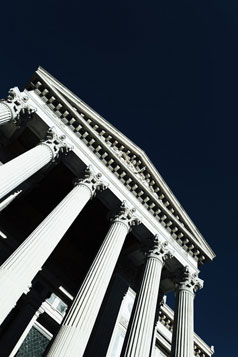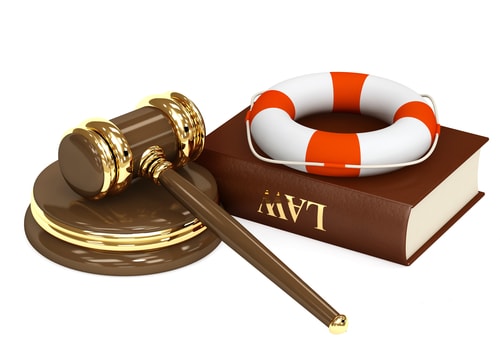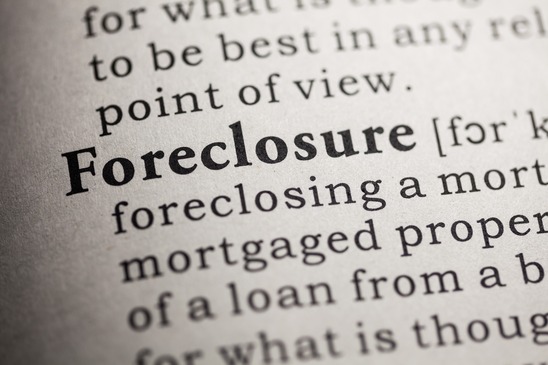 Typically, in a New York chapter 7 bankruptcy case, most debts are dischargeable, meaning they will not have to be paid by the debtor at the end of the bankruptcy process. Some debt in New York is always non-dischargeable in bankruptcy, for example: debts for spousal or child support or alimony, debts for government fines and penalties, or debts that are from personal injuries caused by operation of a motor vehicle while intoxicated. However, there are other debts that may be deemed non-dischargeable because of a debtor’s prior actions or conduct. The potentially non-dischargeable debts include those created by the debtor’s intentional fraud, dishonesty, embezzlement or larceny when acting as a fiduciary, or acts that are both willful and malicious. For those debts to be deemed non-dischargeable, an aggrieved creditor must file an adversary proceeding and prove that the debt falls into one of these categories.
Typically, in a New York chapter 7 bankruptcy case, most debts are dischargeable, meaning they will not have to be paid by the debtor at the end of the bankruptcy process. Some debt in New York is always non-dischargeable in bankruptcy, for example: debts for spousal or child support or alimony, debts for government fines and penalties, or debts that are from personal injuries caused by operation of a motor vehicle while intoxicated. However, there are other debts that may be deemed non-dischargeable because of a debtor’s prior actions or conduct. The potentially non-dischargeable debts include those created by the debtor’s intentional fraud, dishonesty, embezzlement or larceny when acting as a fiduciary, or acts that are both willful and malicious. For those debts to be deemed non-dischargeable, an aggrieved creditor must file an adversary proceeding and prove that the debt falls into one of these categories.
Adversary Proceedings
An adversary proceeding is a lawsuit filed by a creditor against a debtor in the Bankruptcy Court. As authorized by 11 U.S.C. § 523 and 727, there are generally three types of adversary proceedings a creditor may bring. First, a creditor may bring a lawsuit that challenges the dischargeability of a specific debt. This type of adversary proceeding keeps the rest of the bankruptcy intact and does not affect the dischargeability of the other debts listed in the petition. Second, a creditor may bring a lawsuit that seeks to dismiss the entire bankruptcy case. Finally, a creditor may seek in an adversary proceeding, under certain circumstances, to deny the debtor a discharge in their bankruptcy. This type of adversary proceeding is particularly harsh because the bankruptcy estate would continue to be administered, meaning that the debtor loses their discharge, but creditors would still get a distribution of any non-exempt assets.
An adversary proceeding can be both expensive and time consuming process for a debtor or a creditor and as a result these proceedings are typically not commonplace. Nevertheless, in our experience, a creditor is generally more likely to bring an adversary proceeding when there is either (1) significant credit usage shortly before the filing of bankruptcy case and minimal payment back to that creditor has been made, or (2) when there is personal animosity between the creditor and the debtor (typically when the creditor is either a family member, an ex-family member or a former personal friend of the debtor.)
Elements of Fraud
There are generally four elements necessary to prove fraud in an adversary proceeding:
- The debtor made a false representation of a material fact;
- The debtor had the intent to deceive when the false statement was made (this is often referred to as scienter);
- The creditor must have justifiably relied on the false information;
- The debtor caused injury by not repaying the debt.
The purpose of these explicit guidelines is to prevent a creditor from attempting to deny the debtor a discharge of its debt for a simple mistake on an application for a loan or credit. To further discourage frivolous challenges by creditors, debtors are empowered to ask the court to award attorney fees if the creditor’s non-dischargeability proceeding was not substantially justified and if it would be considered unjust to award such fees to the debtor.
Presumption of Fraud For Recent Usage
Under the Bankruptcy Code, certain debts are presumptively fraudulent, making it very easy for a creditor to bring an adversary proceeding to challenge an individual debt under these circumstances. In these cases the burden is reversed and the debtor is required to prove that no fraud was involved.
1. Credit card purchases for luxury goods owed to a single creditor and aggregating to more than $650 and incurred within 90 days of filing for bankruptcy;
2. Cash advances aggregating to more than $925 obtained by debtor within 70 days of filing for bankruptcy.
To rebut the presumption, the debtor must prove that they intended to pay such debts back. Alternatively, in defending an adversary proceeding brought due to luxury credit card purchases, a debtor must prove that the goods at issue were not, in fact, luxury items. Absent some circumstances (e.g., an imminent foreclosure sale date or other important reason), a debtor should not file a case during the either 70 or 90 day period if their usage falls with the restriction listed above.
Willful and Malicious Injuries
Finally, creditors to whom a debt is owed that stem from a willful and malicious injury (either to the creditor or to their property) may object to a debtor receive a discharge to the debt owed to them. The injury must have been caused both willfully and maliciously. Both of the elements are necessary and must be proved for a creditor to successfully object to the discharge of a particular debt. A willful injury can be proved by showing that a debtor knew what they were doing and acted purposefully. An injury is malicious if it can be shown that the debtor knew that the act was likely to cause harm. Debts arising from the following types of actions have been proven to be willful and malicious in the federal bankruptcy courts in the districts of New York: stabbing, defamation, sexual harassment, bribery, or running over a creditor with a car. These circumstances make it extremely difficult to discharge a judgment for an intentional tort.
If you have any questions about the potential New York non-dischargeable debts, please feel free to contact the Law Offices of David I. Pankin, P.C. at 888-529-9600. David. I Pankin is a New York bankruptcy attorney that has helped over 10,000 clients with consumer legal matters. The Law Offices of David I. Pankin, P.C. provide a free initial consultation and has convenient locations in Manhattan, Brooklyn and Long Island.
For more information see 11 U.S.C. §§ 523, 707, and 727. This blog is just a summary and is not intended to be a complete discussion of this topic.






